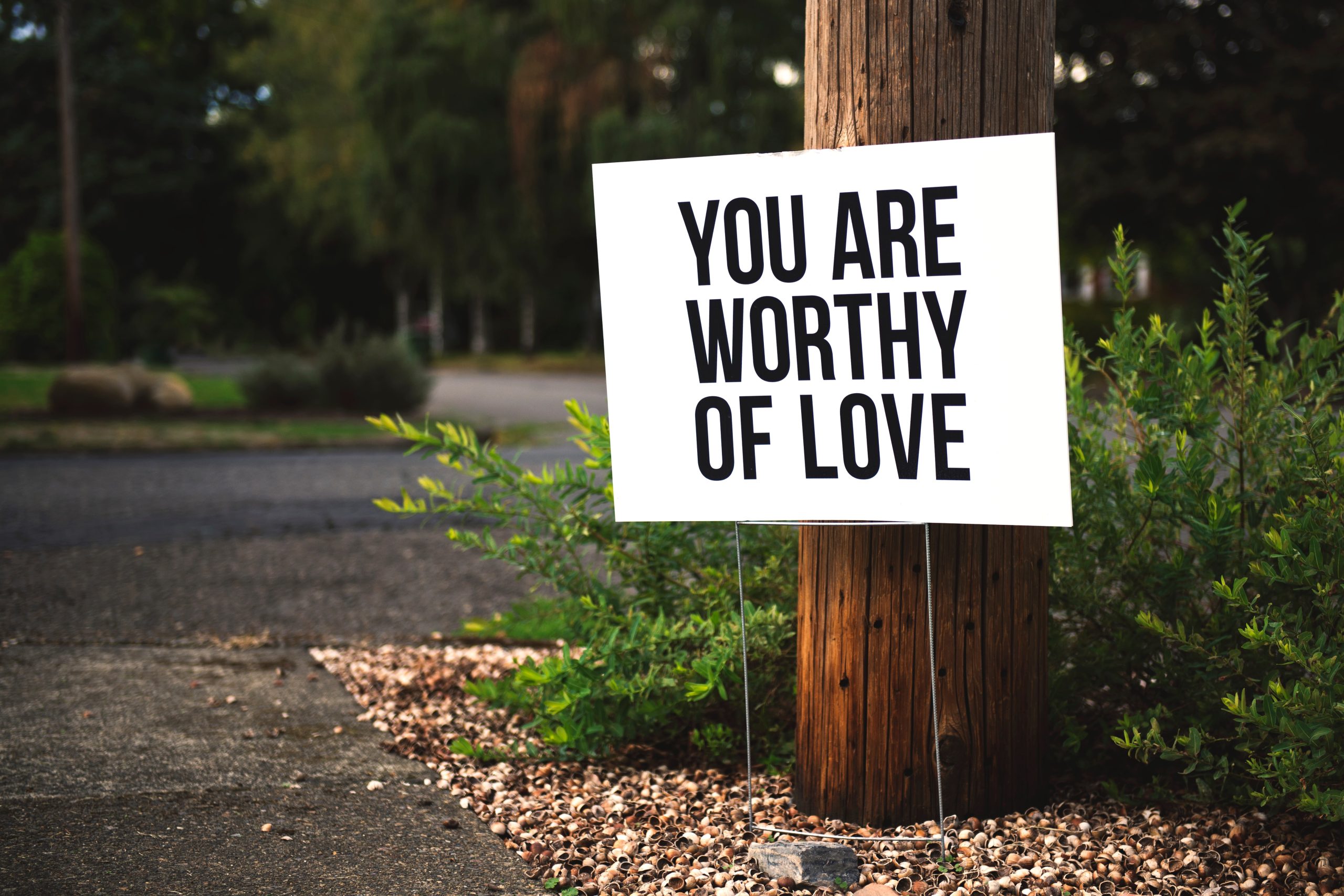Exploring the Rituals and Deities of the Bön Tradition
The Bön tradition is one of the oldest spiritual traditions in Tibet, predating the introduction of Buddhism. It has its roots in the indigenous spiritual practices of the Zhang Zhung civilization and shares several similarities with Tibetan Buddhism. However, Bön has its own unique set of rituals, deities, and practices that are often less explored and understood. In this blog post, we delve into the lesser-known aspects of the Bön tradition, uncovering its fascinating rituals and the diverse pantheon of deities that play a central role.
Historical Overview of the Bön Tradition
The Bön tradition traces its origins back to the Zhang Zhung civilization, which flourished in what is now western Tibet. Zhang Zhung was an ancient kingdom that predates the Tibetan Empire and encompassed the spiritual, cultural, and political framework for what would later become the Bön tradition.
When Tibetan Buddhism took hold in Tibet in the 7th century CE, the Bön religion faced numerous challenges. However, it managed to survive and even integrate some Buddhist elements into its practices. Today, Bön is recognized as one of the five main spiritual traditions of Tibet, alongside Nyingma, Kagyu, Sakya, and Gelug.
Key Rituals in the Bön Tradition
The Bön tradition encompasses a wide range of rituals aimed at spiritual transformation, healing, and connecting with the divine. Here, we explore three key rituals that exemplify the unique practices of this ancient tradition:
1. Chöd
| Element | Objective | Practitioner |
|---|---|---|
| Sound | Transcending fear and ego | Chöd practitioner |
| Motion | Cutting through attachment | Chöd practitioner |
| Visualization | Generating compassion | Chöd practitioner |
Chöd is a powerful ritual in the Bön tradition that aims to free the practitioner from the illusions of ego and attachment. It involves a combination of sound, motion, and visualization to achieve a state of transcendence and compassion.
The practitioner engages in elaborate ceremonies that often involve playing instruments like the drum, bell, and damaru (a small handheld drum), as well as chanting specific mantras. By creating an intense and immersive experience, Chöd practitioners seek to confront their fears, cut through their attachments, and cultivate a deep sense of compassion towards all sentient beings.
2. Bönpo Funerals
The Bönpo funeral rituals are unique and distinct from both Tibetan Buddhist and other cultural funeral practices. These rituals are performed to help guide the deceased person’s consciousness through the intermediate state (bardo) between death and rebirth.
During a typical Bönpo funeral, the deceased’s body is laid in a specific position to facilitate a smooth transition to the next life. Chanting and ceremonial practices are conducted to invoke various Bön deities and establish a connection between the deceased and the spiritual realm.
The funeral rituals aim not only to support the deceased but also provide comfort and closure for the family and loved ones left behind. The Bönpo funeral rites reflect the Bön tradition’s emphasis on ensuring a positive rebirth and maintaining the continuity of consciousness.
3. Tummo
Tummo, also known as “Inner Fire,” is an advanced practice in the Bön tradition aimed at generating inner heat and achieving a profound state of meditation. Tummo is considered a form of tantra yoga, focusing on the inner energy channels and subtle energy centers in the body.
The practice of Tummo involves specific breathing techniques, visualization, and physical postures to activate and harmonize the body’s energy. By igniting the inner fire of transformation, practitioners aim to purify their bodies and minds, leading to the awakening of inner wisdom.
Tummo practice is often undertaken in caves or secluded retreats, as it requires intense focus and concentration. It is regarded as one of the most advanced practices in the Bön tradition, reserved for experienced practitioners who have already mastered foundational techniques and attained a certain level of spiritual maturity.
Pantheon of Bön Deities
The Bön tradition features a diverse pantheon of deities, each with its distinct characteristics and associated practices. While there are numerous Bön deities, here are three notable ones:
1. Shenlha Ökar
Shenlha Ökar is the principal deity of the Bön tradition. He is often depicted as a white figure riding a white horse and is associated with compassion, healing, and protection. Shenlha Ökar is revered as the primordial deity who safeguards all sentient beings and helps them attain spiritual liberation.
2. Sipé Gyalmo
Sipé Gyalmo is the fierce female protector deity of the Bön tradition. She is depicted with a wrathful expression and accompanied by various symbols and weapons. Sipé Gyalmo is invoked to ward off negative energies, protect practitioners, and dismantle obstacles on their spiritual path.
3. Sangpo Bumtri
Sangpo Bumtri is one of the four main Wise Protectors in the Bön tradition. He is associated with long life, healing, and prosperity. Sangpo Bumtri is often depicted with a white complexion, holding a bowl filled with the elixir of immortality. Devotees seek his blessings for a long and prosperous life.
Conclusion
Exploring the rituals and deities of the Bön tradition provides a glimpse into the rich spiritual heritage of Tibet. From the transformative practices of Chöd and Tummo to the diverse pantheon of deities, Bön offers a unique perspective on spiritual growth and awakening.
While it may be lesser-known compared to Tibetan Buddhism, the Bön tradition holds significant importance for understanding the cultural and religious tapestry of Tibet. By delving into its rituals and deities, we can appreciate the depth and complexity of Bön as a spiritual path that continues to thrive to this day.
Table of Contents
